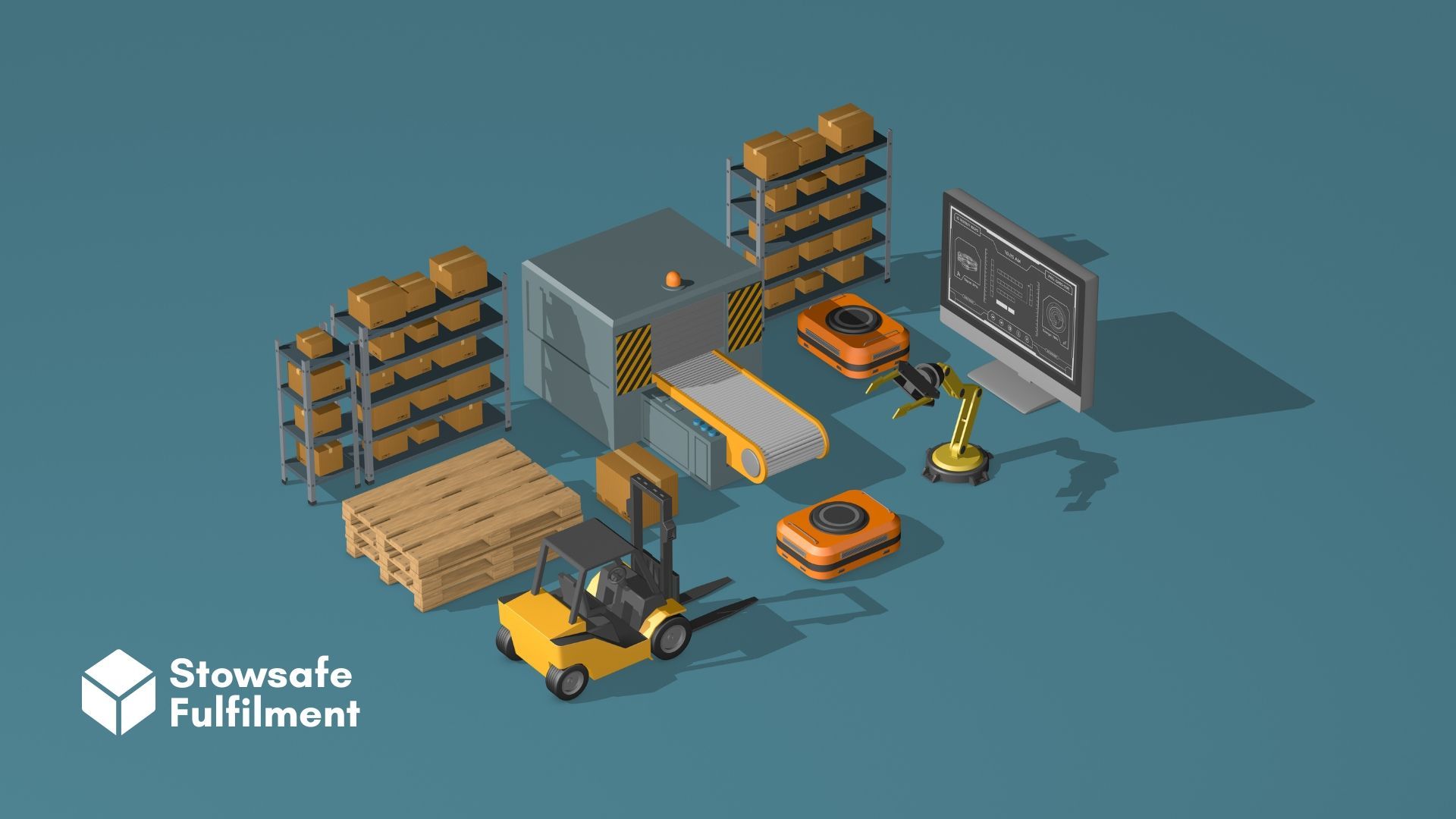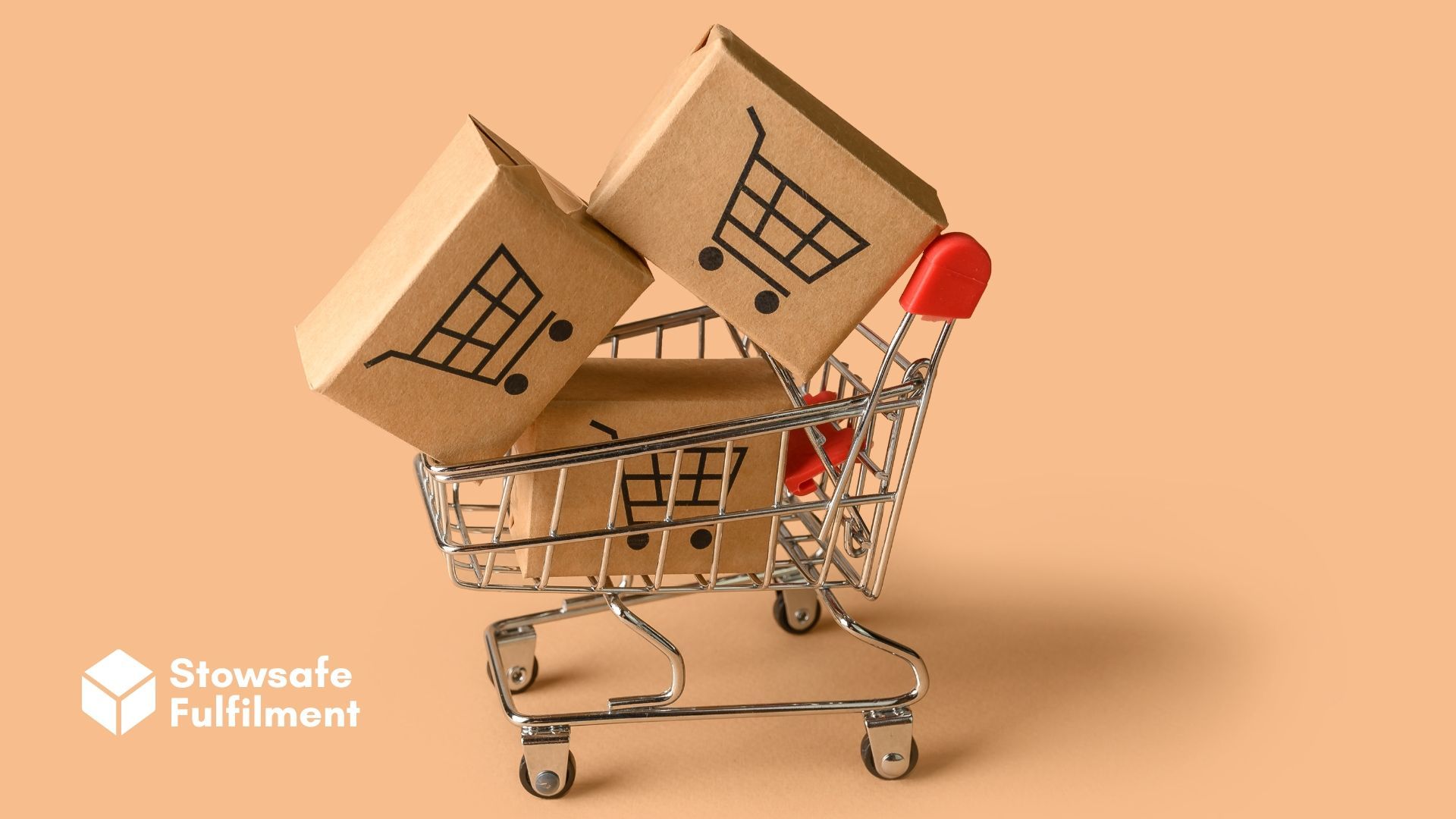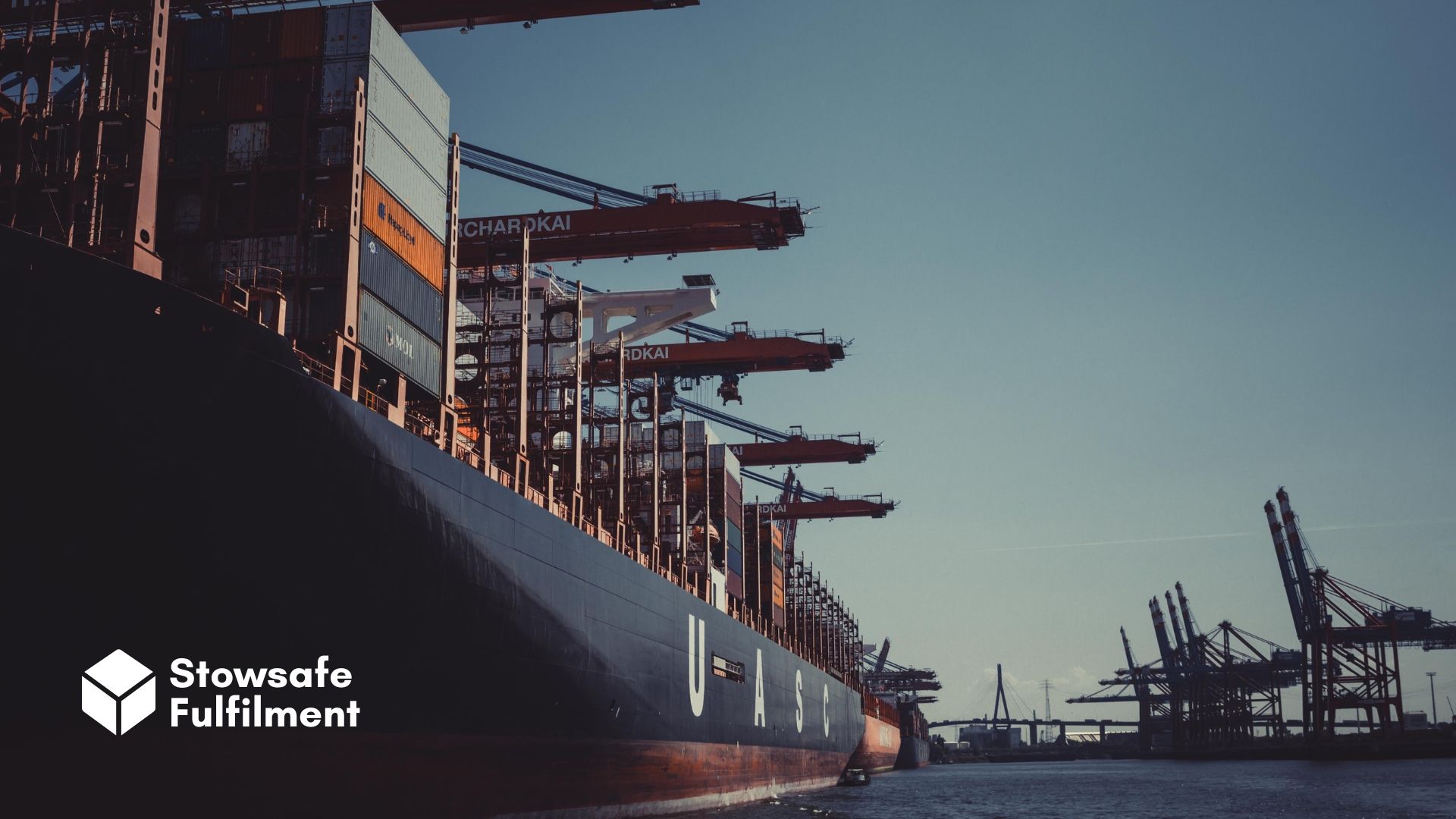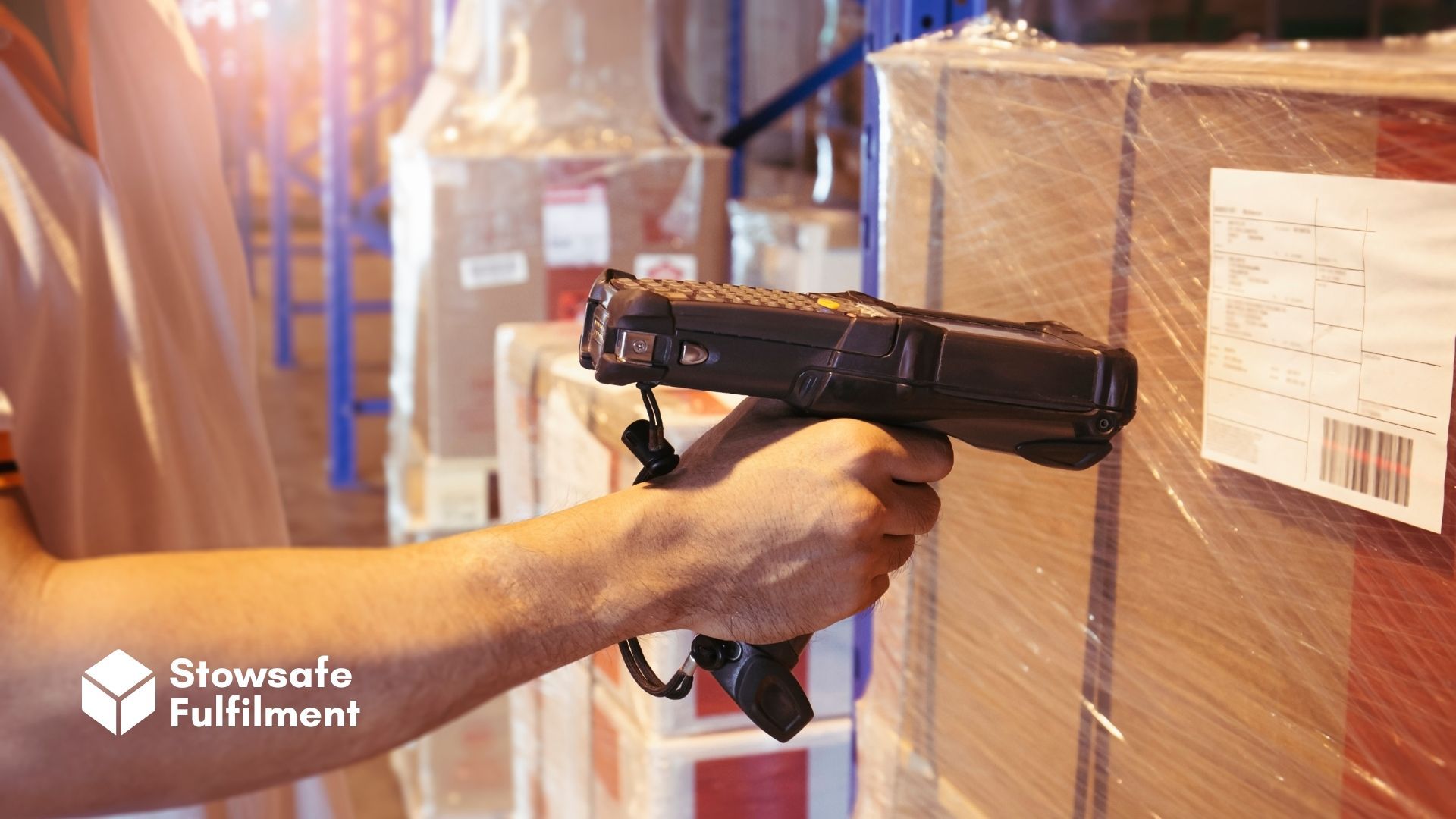Globalisation is over. "Slowbilisation" is the new reality – and retailers must adapt. But what is it? And what does it mean for supply chains?

Where once there was only mobilisation and globalisation, there is now "slowbilisation".
It's a catchy name, sure, but it feels a little jumbled together. You'd be forgiven for thinking this Frankenstein of a word has no real bearing on the daily lives of the bread-and-butter consumer – and, by proxy, nothing of concern for retailers.
You'd be wrong, though.
The term "slowbilisation" is used to describe the slowing down of trade on the global stage – and with it, the shrinkage rippling through supply chains and economies. This has tangible, significant impacts on businesses large and small.
COVID-19 has made us all painfully aware of how delicate the global ecosystem actually is – and how many dependencies are weaved into its intricate fabric. A global shipping crisis was one teetering domino. Even now, three years, many countries around the world are still feeling shivers from this and other calamities.
Inflation, recession and a cost of living crisis are both symptoms and contributors to a seismic shift – a shift from globalisation to slowbilisation. As market growth flattens, retailers must make calculated moves to generate sales and maintain steady business in a sluggish climate.
That said, it's not all doom and gloom. Yes, growth is softening. But it's in these times that industries must be disruptive and creative as well as careful and informed. From technology to logistics, the market isn't just changing – it's evolving. And that means opportunities.
What is causing supply slowbilisation?
Global activity is slowing due to a variety of factors, including:
1. Soaring costs of raw materials
Pretty obvious, but rising prices contribute to inflation, resulting in consumers having to spend more to buy less.
As the cost of living crisis in the UK takes its toll, many families are finding themselves with less surplus cash for luxuries. With every penny starting to count, less cash is being spent on impulse purchases and non-essentials, contributing to the overall decline in global markets.
Likewise, manufacturers and retailers are struggling to absorb rising costs, meaning businesses with tighter budgets are being forced to reduce operations and offer smaller curated product ranges.
2. Rising fuel prices
It's the same story here, really: pinched consumers find expendable income eaten away by the weekly commute.
More broadly, fuel prices directly contribute to slowbilisation in the supply chain because it's more expensive to transport and deliver goods than it was in previous years. In industries where price fluctuations are standard, it's leading to difficult last-minute negotiations as the supply network partners grapple with margins.
3. Increased demand for localisation
Consumers are more educated than ever. They want to know exactly where products come from – particularly in regard to how they are made, transported and delivered.
Sustainability and ethical concerns are contributing to an increased preference for shopping locally, as well as choosing products with a simple or more transparent supply chain. Demand for fast and flexible delivery is also driving more customers to shop locally when they need things quickly.
4. Difficulty in forecasting demand
Retailers have struggled for years to predict consumer behaviour and many enterprises are now focused on shifting the accumulated stock in their warehouses, rather than investing in new inventory.
Part of this is due to the exponential growth seen in online shopping during the pandemic. Restrictions meant trips to physical stores were limited and strictly functional. As a result, consumers flocked to digital stores – and many businesses were ill-prepared for the impact this would have on forecasting visibility.
An equally important contributor is the fleeting nature of consumer interest, influenced heavily by demand for new types of social commerce. These days, a 24-hour TikTok trend could decimate shelves, with little to no guarantee of whether the interest will still be there the next day or what the next "thing" of the moment will be.
Geopolitical changes
Trade has operated with relative ease during the globalisation period. But now, emerging trade barriers and new country tensions are turning the world's beach into quicksand for its supply chains.
Brexit has brought about new regulations that affect labour availability in and out of the UK, extend logistics operations and complicate trade routes. This has resulted in backlogs that have caused supply chains to slow down.
Growing competition between China and the US is affecting global supply chains too, encouraging a more strategic form of manufacturing than before. Many retailers are now exploring alternative trade opportunities such as India and Vietnam.
While a complete de-coupling from the manufacturing juggernaut that is the Far East seems unlikely, there certainly seems to be growing interest in reducing some of the world's dependency on the nation's supply of cheap, fast-moving goods. And with technological advances, it's no longer possible for retailers to choose their manufacturers purely based on low supply costs. Labour can't just be cheap and plentiful now. Retailers require a skilled workforce to utilise sophisticated technology.
What can retailers do to soften the effect of slowbalisation?
They say nothing lasts forever – and the principle is true for globalisation.
Worldwide trade has been booming for decades and was bound to peak eventually. Pandemics, supply chain disruptions, the war in Ukraine… while these were certainly catalysts, nobody seems truly surprised that retailers are starting to switch their priorities.
Companies are now waking up to the idea that the future of supply chains will look a little different – and are reacting appropriately. With a greater consideration of risk, many are looking at moving from a just-in-time philosophy to nearshoring, reshoring and multi-sourcing in order to diversify their manufacturing base – protecting supply against failures and shutdowns.
Priority one is shortening supply chains, even to the point of domestic manufacturing. This is particularly true in countries like the UK, where localising manufacturing will provide security against rising shipping costs and import challenges, but will no doubt limit the speed of scaling.
As we wait to see what slowbilisation has in store for commerce, retailers should aim for growth that is ambitious but resilient. Choosing fulfilment partnerships carefully will help brands engage with overseas customers, and compete confidently in local circles when it comes to shipping speed and cost.
Stowsafe Fulfilment is a UK-based
online fulfilment centre. Want a trusted, proven partner to help you weather the storms of global change?
Speak to one of our logistics experts today.
All Rights Reserved | Stowsafe Fulfilment














